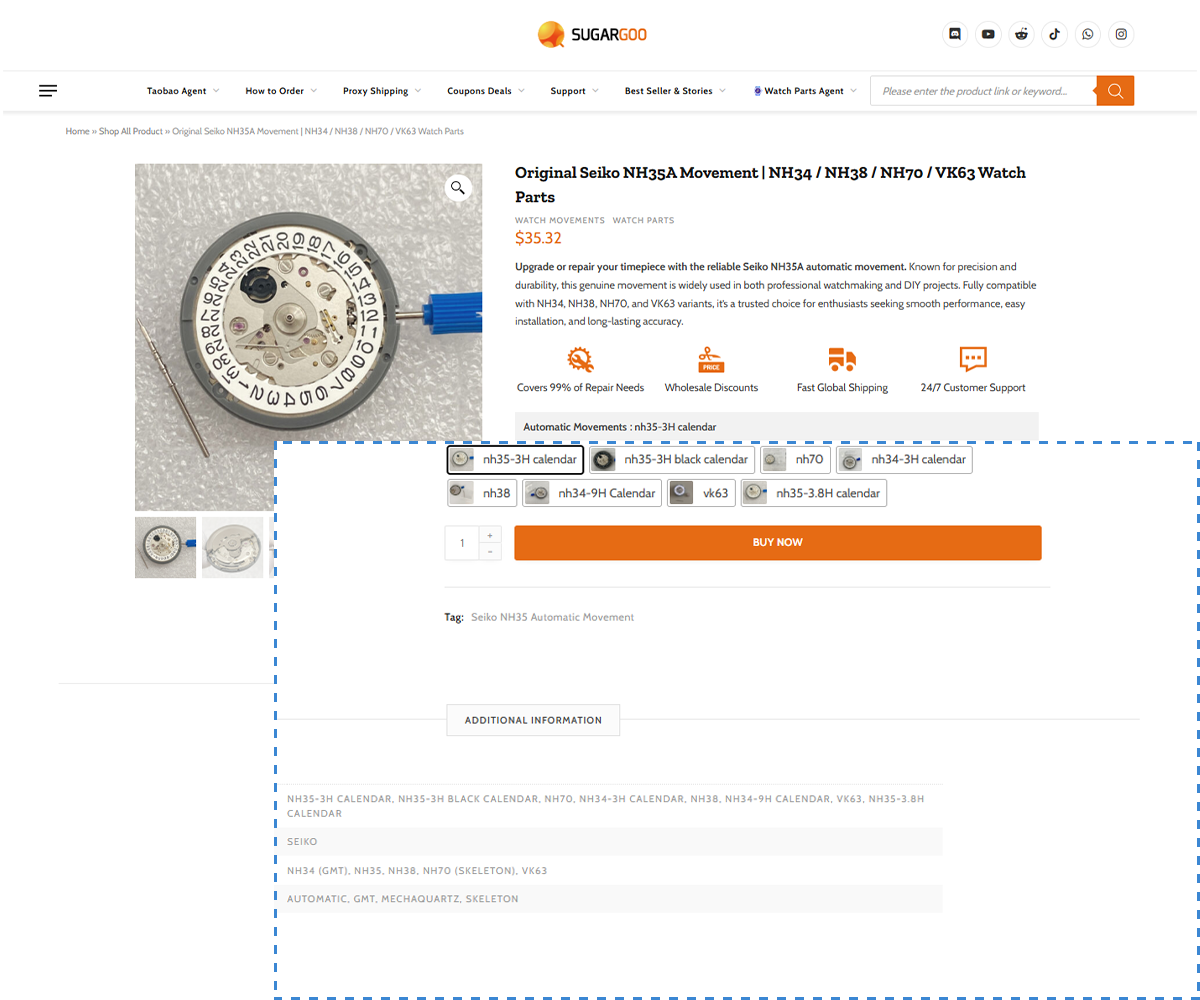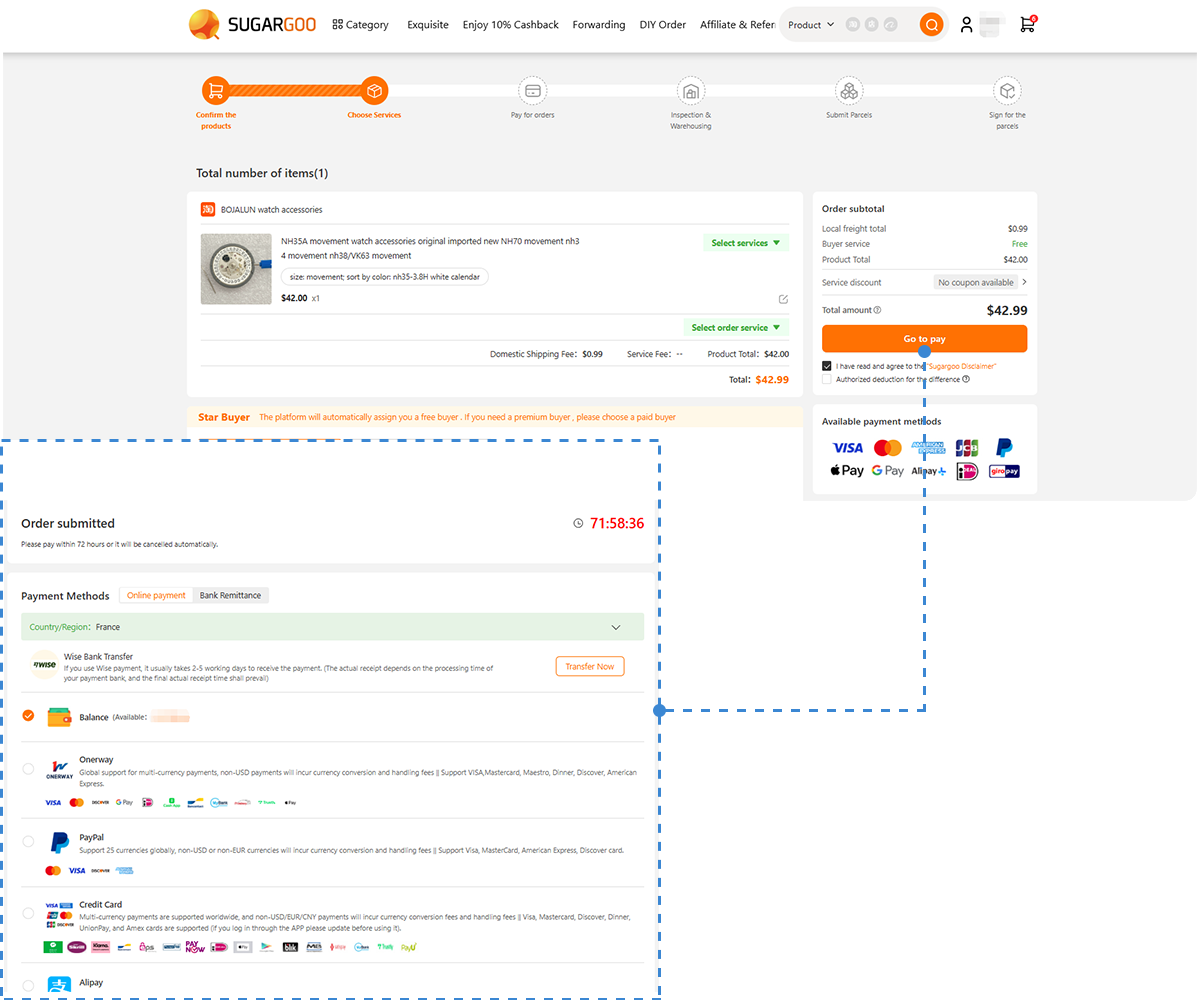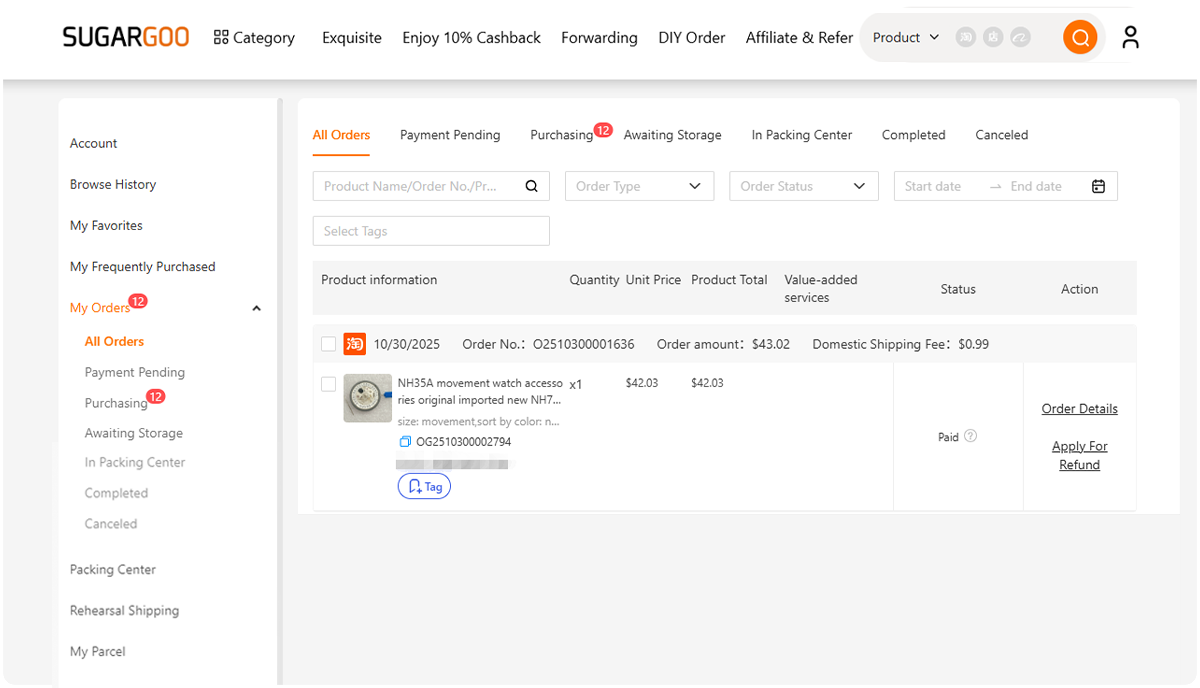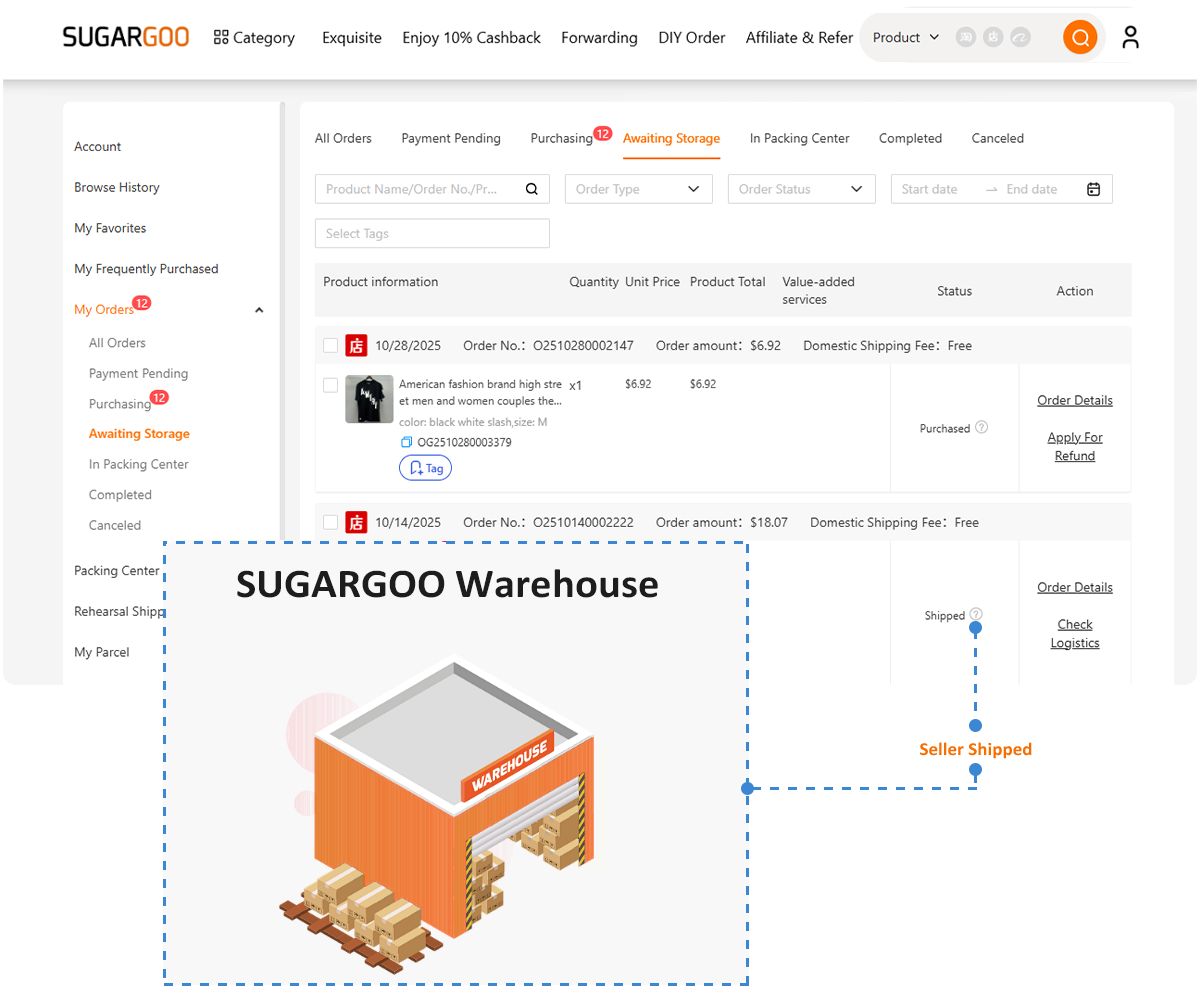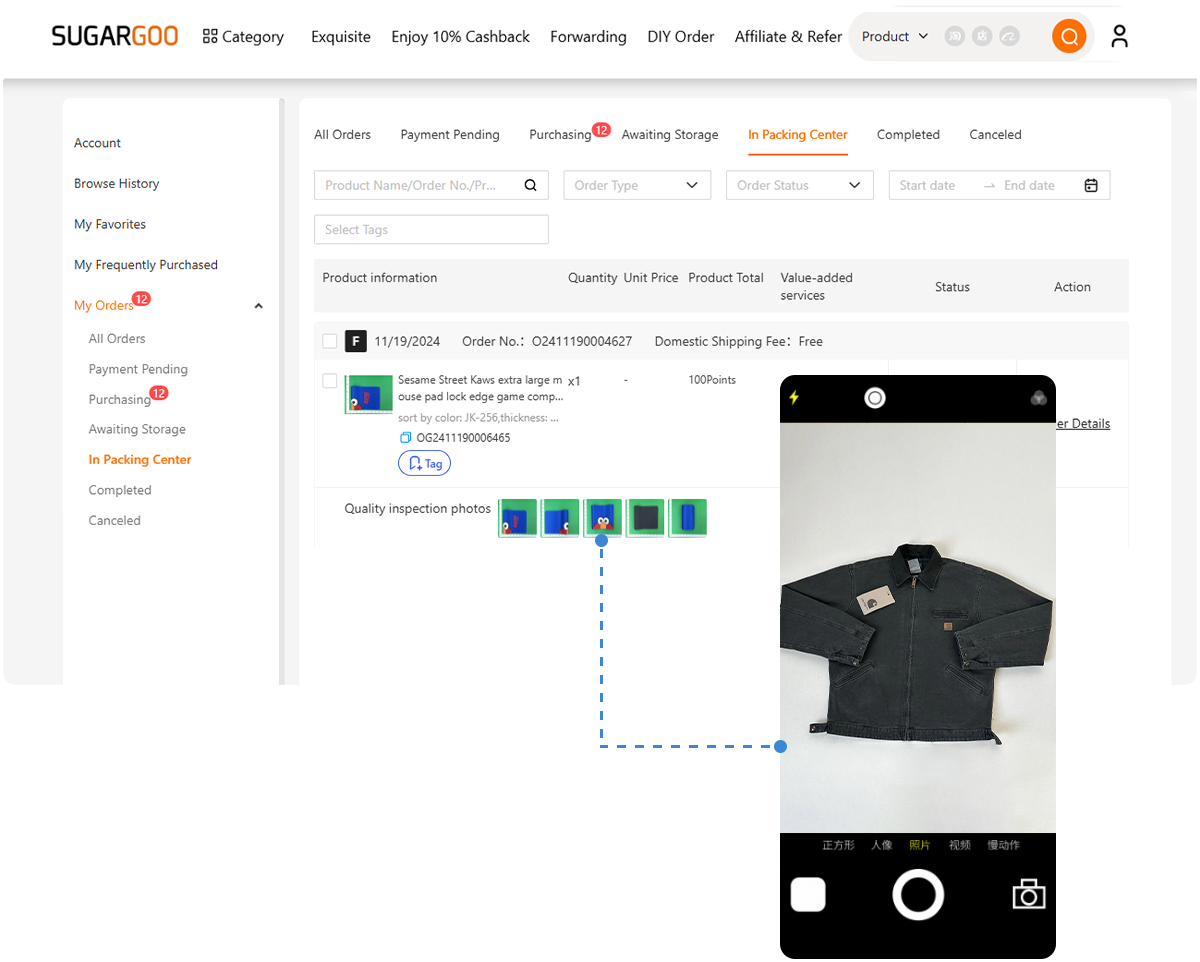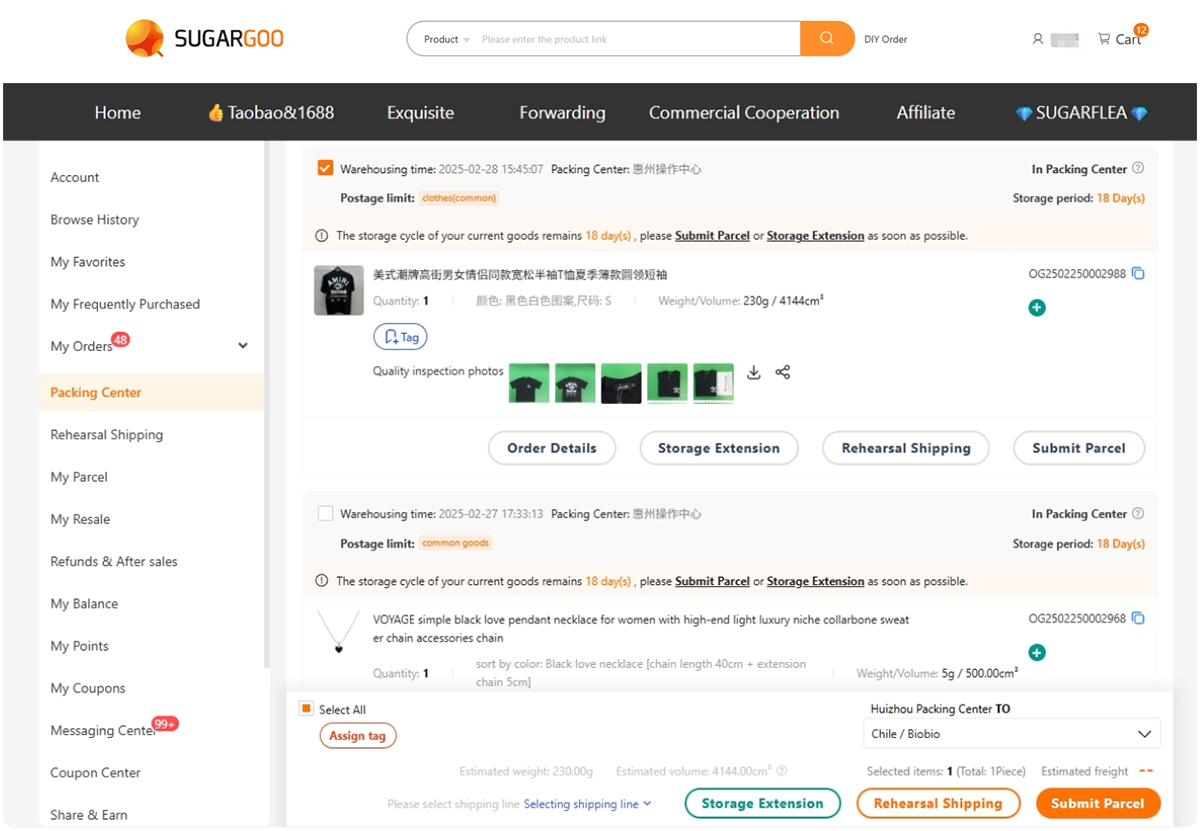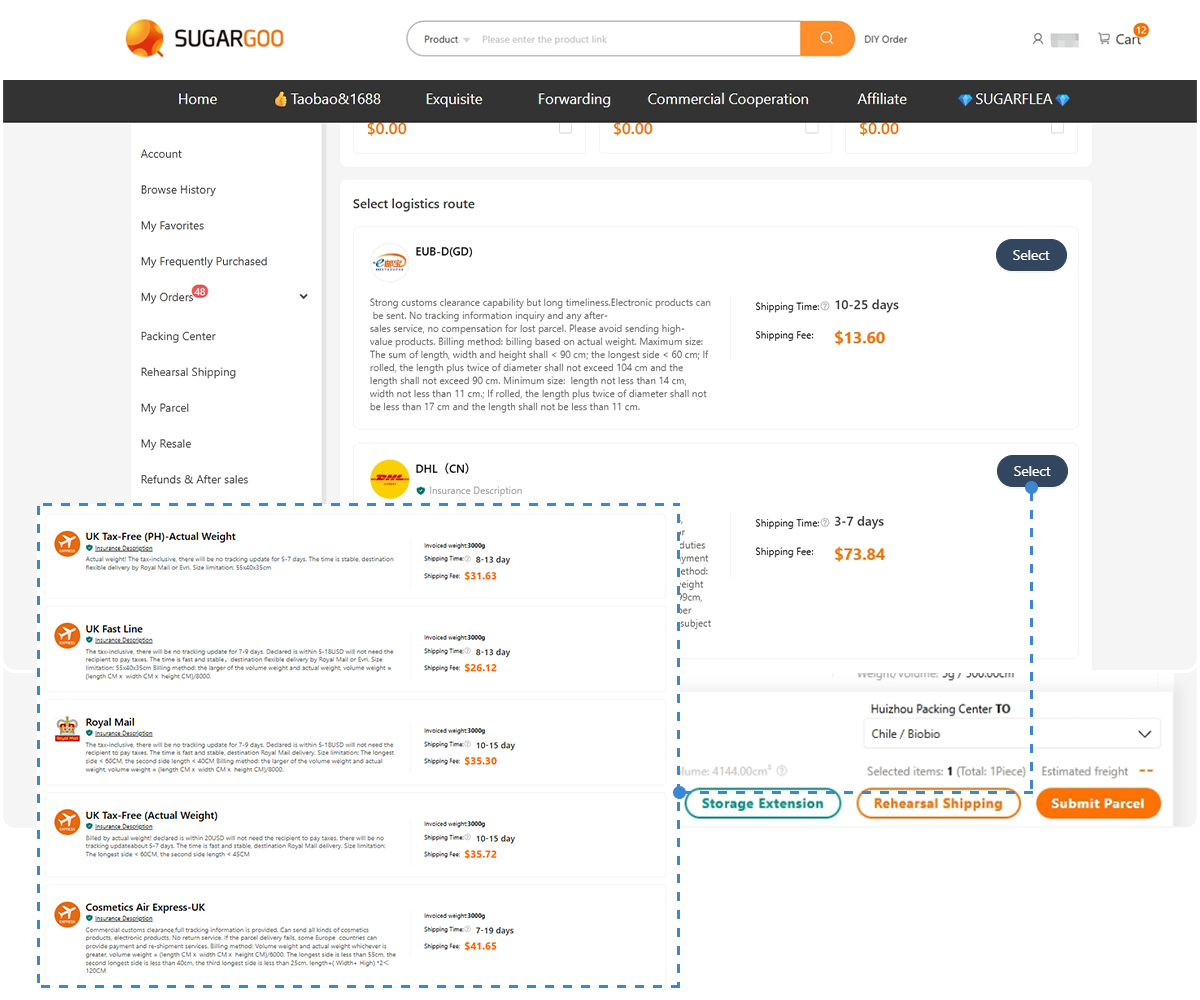Some people say watchmaking is about patience. Others say it’s about precision. The truth? It’s about the tools.
Without the right ones, every job becomes a gamble. With them, even a beginner can work like a pro.
This isn’t another generic “watch repair tools list” you’ve seen a hundred times. This is a real watchmaker’s toolkit checklist—built from experience, mistakes, and hours spent under the loupe.
Whether you’re just cleaning your Seiko NH35 mod, swapping dials, or building your first mechanical watch from scratch, this guide covers every essential tool you’ll ever need (and which ones you can skip).
🧭 Section 1 — The Foundation: Every Toolkit Starts Here
A good toolkit is like a good movement—balanced, reliable, and built for precision.
Let’s start with the must-haves. These are non-negotiable for any DIY builder or watch modder.
1. Spring Bar Tool
Small, simple, irreplaceable. Used to install or remove straps and bracelets without scratching your lugs.
Search for one with a fine forked tip and anti-slip handle — you’ll find them in Sugargoo’s Watch Repair Tools section.
💡 Pro tip: Always tape your lugs before using the tool to avoid scratches.
2. Case Back Opener
Without it, you’re locked out of your own watch.
There are different types:
- Adjustable wrench type for screw-backs
- Knife type for snap-on backs
- Ball type for friction-open cases
Check your watch before buying — Seiko divers need the wrench, vintage dress watches often use the knife.
For guidance, see How to Use a Watch Case Opener Without Scratching.
3. Tweezers (Anti-Magnetic Stainless Steel)
If fingers are your first tools, tweezers are your second. They let you pick up screws, hands, or jewels without smudging or losing control.
Different grades exist:
- No. 1 or 2 → general handling
- No. 3 → hand-setting
- No. 5 → movement assembly
Professional watchmakers usually keep a few pairs with different tips for specific jobs.
4. Movement Holder
Think of it as the stage where everything happens. It secures the heart of your watch — the movement — while you set hands, dials, or perform service.
Look for adjustable holders that fit NH35, NH36, ETA, or Miyota calibers.
If you’re building Seiko-based mods, go for the NH35 movement holder available on Sugargoo’s Movement Parts page.
⚙️ Section 2 — Precision Tools for Modding and Maintenance
The essentials get the job done, but these next tools make it beautiful. They’re for fine-tuning, modding, and making your work feel professional.
5. Hand Setting Tool
The difference between “close enough” and “perfectly aligned” lies here.
Used to install hour, minute, and second hands without bending or scratching. Get a set with soft nylon or Delrin tips — metal-on-metal is a recipe for damage.
For perfect results, match it with the How to Align Watch Hands Perfectly Every Time guide.
6. Loupe or Magnifier Lamp
What you can’t see, you can’t fix.
A 5x or 10x loupe reveals details invisible to the naked eye — dust on a dial, bent spring bars, or imperfect hand seating. For long sessions, a magnifier lamp with LED ring light keeps your hands free.
Choose daylight-balanced lighting to avoid color distortion on dials or lume.
7. Dust Blower & Rodico Putty
Your two best friends against the enemy of precision: dust.
Use a blower before closing the case or installing the crystal. Rodico putty removes fingerprints and absorbs micro dust from dials or sapphire crystals without scratching.
If you assemble watches regularly, stock extra — it wears out fast but saves you from future regret.
8. Screwdrivers Set (High-Precision)
No toolkit is complete without a good screwdriver set.
Look for ones with replaceable tips, rotating caps, and color-coded handles.
Sizes range from 0.6mm to 2.5mm — enough for movement screws, bracelet links, and crown tubes.
Avoid cheap soft metal tips — they’ll slip and destroy screw heads.
Sugargoo’s watchmaker screwdriver sets are known for solid build quality and anti-corrosion tips.
9. Watchmaker’s Hammer & Pin Punch Set
When working with bracelets or push pins, a small nylon hammer is essential.
Use the metal side for resizing links, the nylon side for delicate adjustments. Pair it with a pin punch set to remove stubborn bracelet pins cleanly.
If you’ve ever struggled resizing a stainless steel bracelet, you know why this matters.
💡 Section 3 — Cleaning, Polishing & Preservation
Once you’ve assembled a watch, keeping it clean and flawless is half the art.
Different tools, different goals — this part of the toolkit helps you maintain value and performance.
10. Microfiber Cloths & Watch Cleaning Pads
The everyday heroes. They wipe fingerprints, absorb oil, and polish surfaces safely.
Keep a few different types:
For the full cleaning process, revisit How to Polish and Clean a Watch Like a Pro.
11. Ultrasonic Cleaner (Optional but Powerful)
When dirt hides in bracelet links or crown tubes, an ultrasonic bath brings them back to life. It uses sound waves to vibrate away grime without scratching.
Use warm water with a mild degreaser, and only clean metal parts — no leather, no movement inside.
A small tabletop cleaner is more than enough for personal use.
12. Watch Case Cushion or Work Mat
Protects your watch while you work. Soft silicone or leather pads prevent scratches and keep parts from bouncing away.
If you’ve ever dropped a screw, you know how valuable this is.
🔩 Section 4 — Advanced Tools for Builders and Modders
You don’t need these for daily care. But once you start assembling full custom builds or tuning movements, they become essential.
13. Timegrapher (For Regulation)
The most satisfying sound in watchmaking? That steady, rhythmic tick tick tick on a timegrapher screen.
It shows beat rate, amplitude, and accuracy, helping you fine-tune NH35 or ETA movements. A few seconds of adjustment can turn a $60 build into a chronometer-level piece.
See How to Regulate Your NH35 Movement for setup tips.
14. Case Press Tool
Used for safely pressing crystals or snap-on backs without cracking or scratching. Choose one with interchangeable nylon dies.
It’s also essential when installing transparent case backs — see How to Install a Transparent Watch Case Back for proper use.
15. Hand Remover Tool
Ever need to take off watch hands without leaving marks on the dial? This tool lifts them evenly and safely.
Place protective plastic film over the dial, then squeeze gently. Perfect for anyone who swaps dials often or replaces hands on Seiko mods.
16. Parts Organizer Box
Nothing ruins a project faster than losing a screw. Use a small organizer with compartments for movement parts, hands, screws, and crowns.
Label each section — “NH35 hands,” “case screws,” “gaskets,” etc. This one simple habit saves hours of frustration.
🧰 Section 5 — Building Your Setup the Smart Way
Let’s face it: not everyone needs 20 tools right away. You can build your toolkit in three stages, depending on your goals.
Stage 1: The New Modder (Budget Build)
Focus on essential repair tools and cleaning basics.
Everything here fits inside a small zip case — you can find full beginner sets at Sugargoo’s Watch Repair Kits.
Stage 2: The Confident Builder (Mid-Level Setup)
Add tools for precision and customization.
- Hand setting & remover tools
- Loupe
- Dust blower
- Rodico
- Case cushion
- Pin punch set
This level lets you swap dials, regulate time, and build clean, safe mod projects.
Stage 3: The Serious Modder (Pro Setup)
For those who’ve caught the bug — and there’s no going back.
- Timegrapher
- Ultrasonic cleaner
- Case press
- Full screwdriver and tweezer sets
- Lighted magnifier station
- Polishing tools
Now you’re not just maintaining watches — you’re crafting them.
🔗 Where to Buy Quality Tools and Parts
Cheap tools break. Good tools build careers.
The safest way to buy verified parts, especially for Seiko, Citizen, and microbrand modding, is through Sugargoo, the trusted Taobao agent for watch tools and accessories.
Why modders love it:
- You can shop across Taobao and 1688 for genuine tools
- Get QC photos before shipping
- Combine orders to save on freight
- Direct access to NH35-compatible parts and verified sellers
Everything from movement holders, spring bar tools, crystal presses, to watch polishing kits—all in one platform.
💬 Final Thought: Tools Don’t Make the Watchmaker — But They Make the Work Possible
When you build or repair watches, you’re working on something that measures time itself. Every tool you pick up is a bridge between your patience and precision.
You’ll make mistakes, bend a few spring bars, lose some screws—but eventually, your toolkit becomes an extension of your hands.
So don’t chase every tool you see. Start small, learn what each does, and let your needs grow naturally.
Because the real art of watchmaking isn’t in owning tools — it’s in knowing when, and how, to use them.



